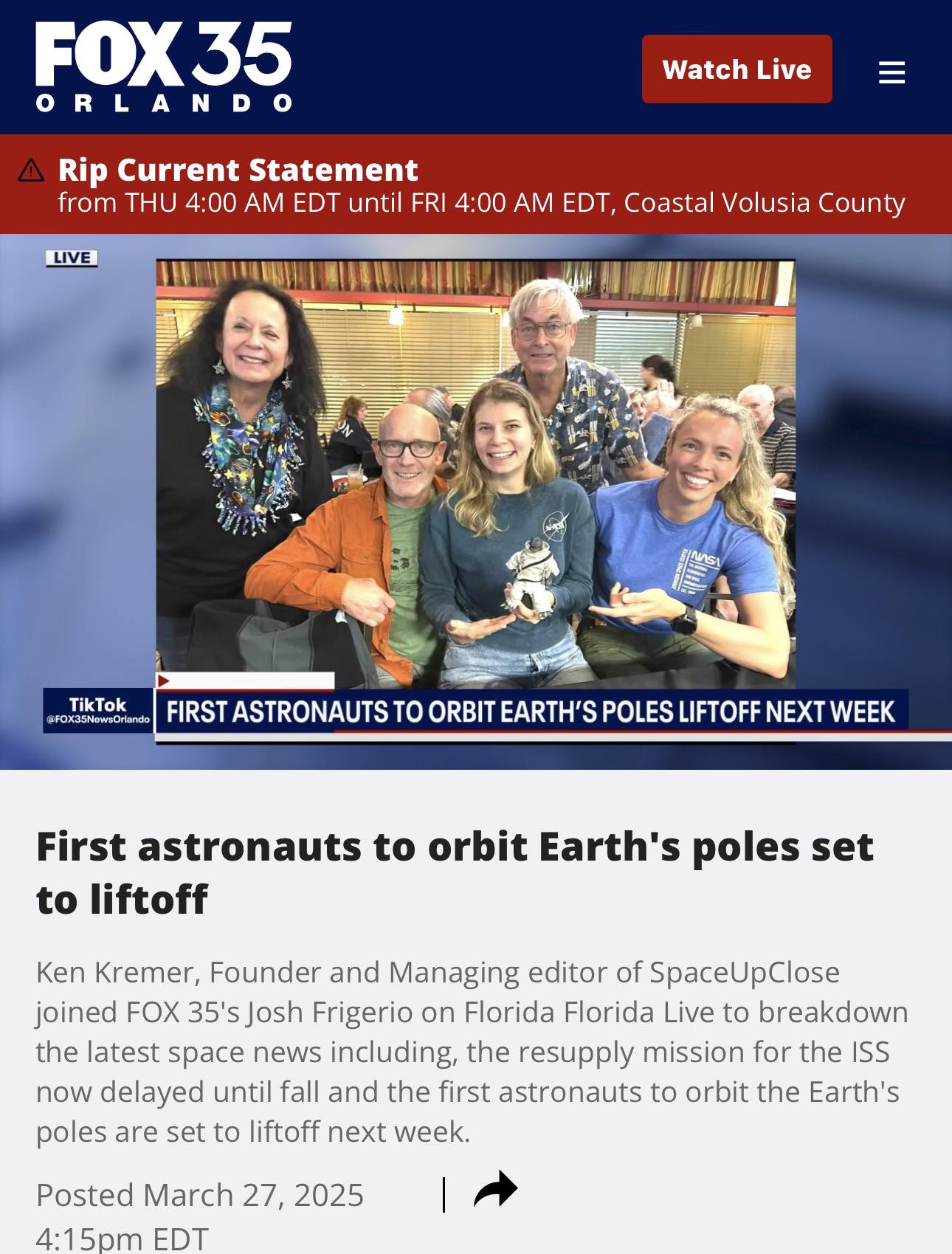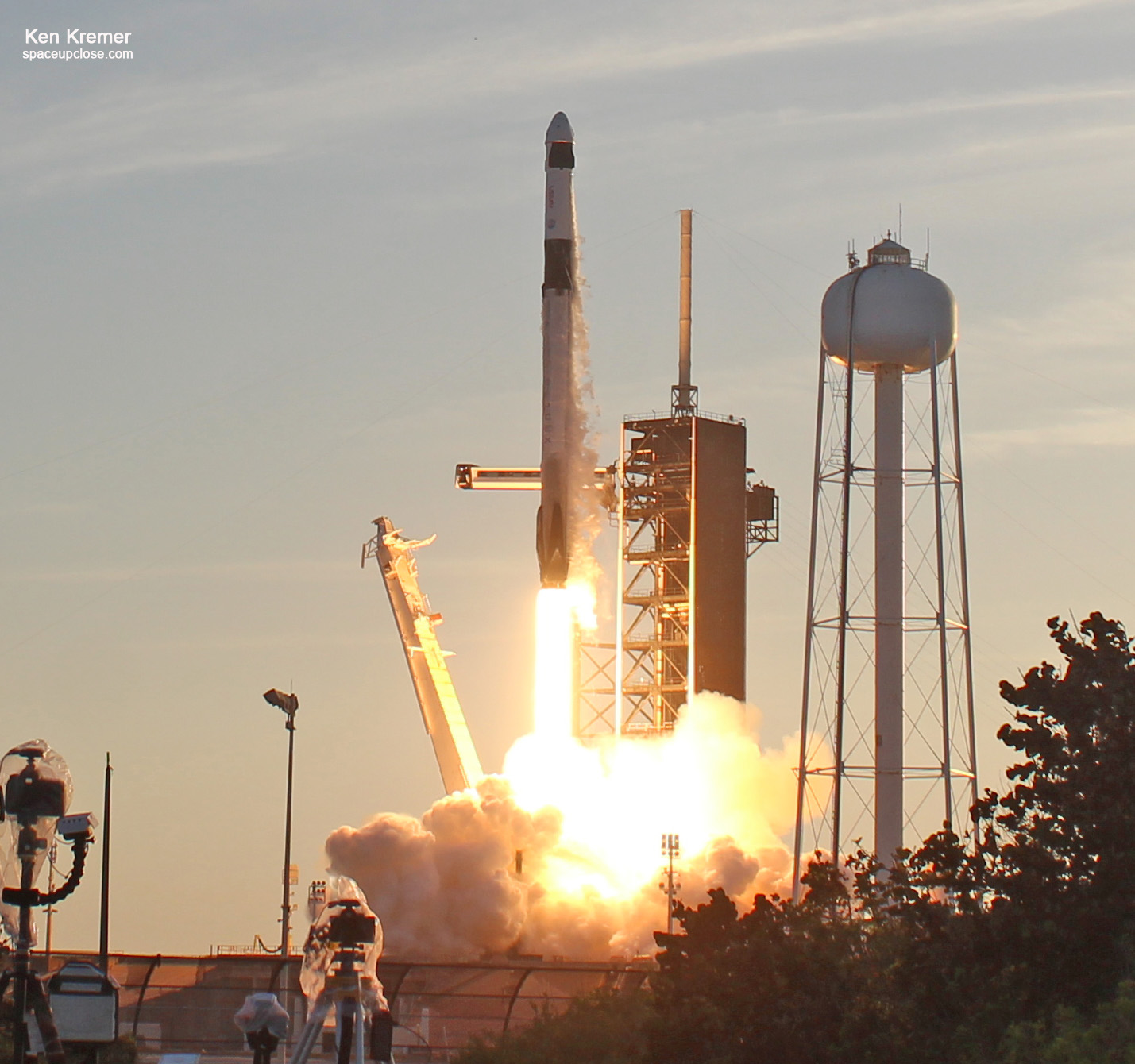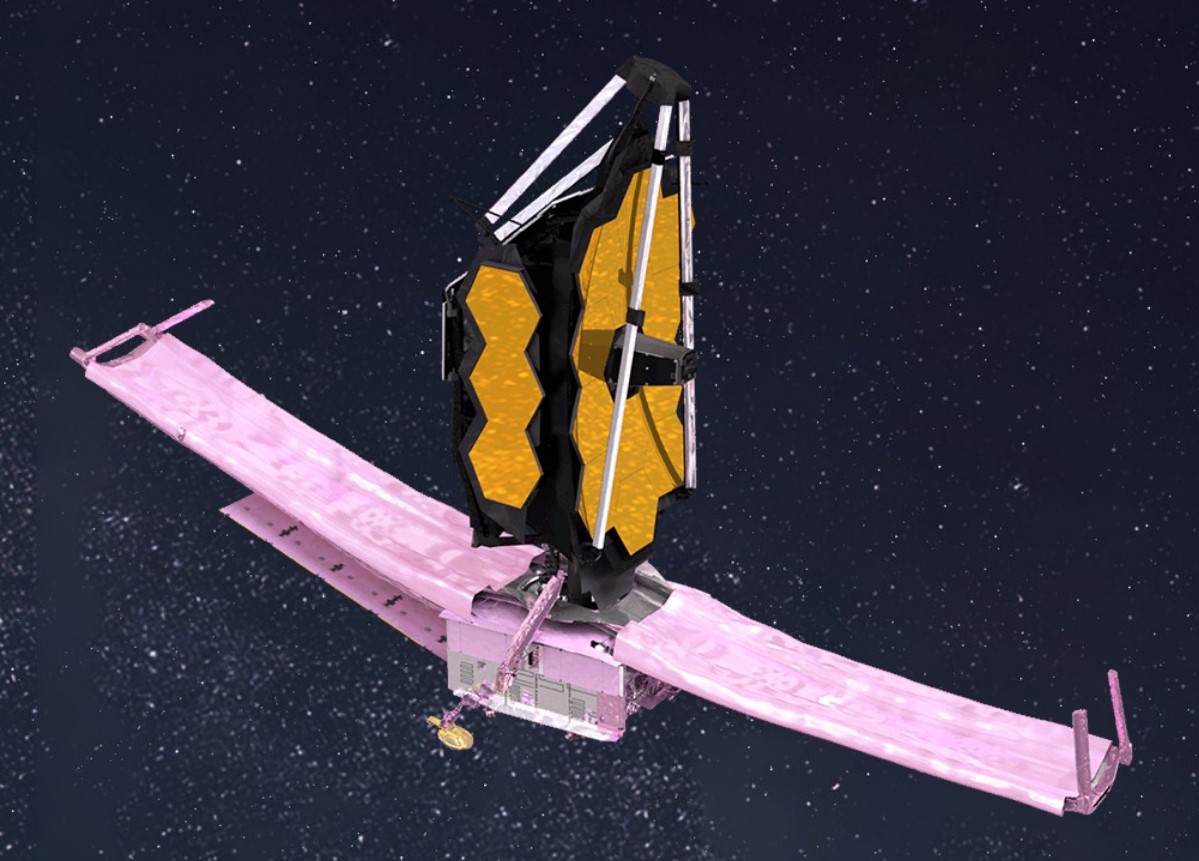
For SpaceUpClose.com & RocketSTEM
CAPE CANAVERAL, FL – Mission controllers with NASA’s James Webb Space Telescope (JWST) have successfully started the high stakes sunshield deployment phase of the mammoth observatory which is critical to cooling the probe to the utterly cold operating temperatures required so it can detect infrared light for which it was designed in order to carry out its robotic mission as a cosmic time machine peering back to nearly the beginning of time to see first light and explore the formation of the first stars and galaxies in our Universe.
So far so good.
Over the past few days the team has successfully commanded multiple critical deployments aboard Webb – including the deployments of the forward and aft sunshield pallet structures, extension of the Deployable Tower Assembly (DTA), and finally deployments of the aft momentum flap and sunshade covers earlier today, Dec. 30. See animations below
All this following successfully deploying its high data rate antenna critical for transmitting the huge data volumes to be collected by the observatory (about 28.6 Gbytes of science data 2x per day) and also carrying out its first two mid-course correction burns placing it on course for the voyage to its final operational destination at a unique orbital perch at the L2 Lagrange point a million miles (1.5 million km) from Earth.
The unfolding events are all part of the 13,700 lbs (6200 kg) school bus-sized probes deployment action plan nicknamed ’29 Days on the Edge’
NASA has a detailed plan to deploy the Webb Space Telescope over a roughly two-week period as it simultaneously continues the voyage to its final operational destination at a unique orbital perch at the L2 Lagrange point a million miles (1.5 million km) from Earth.
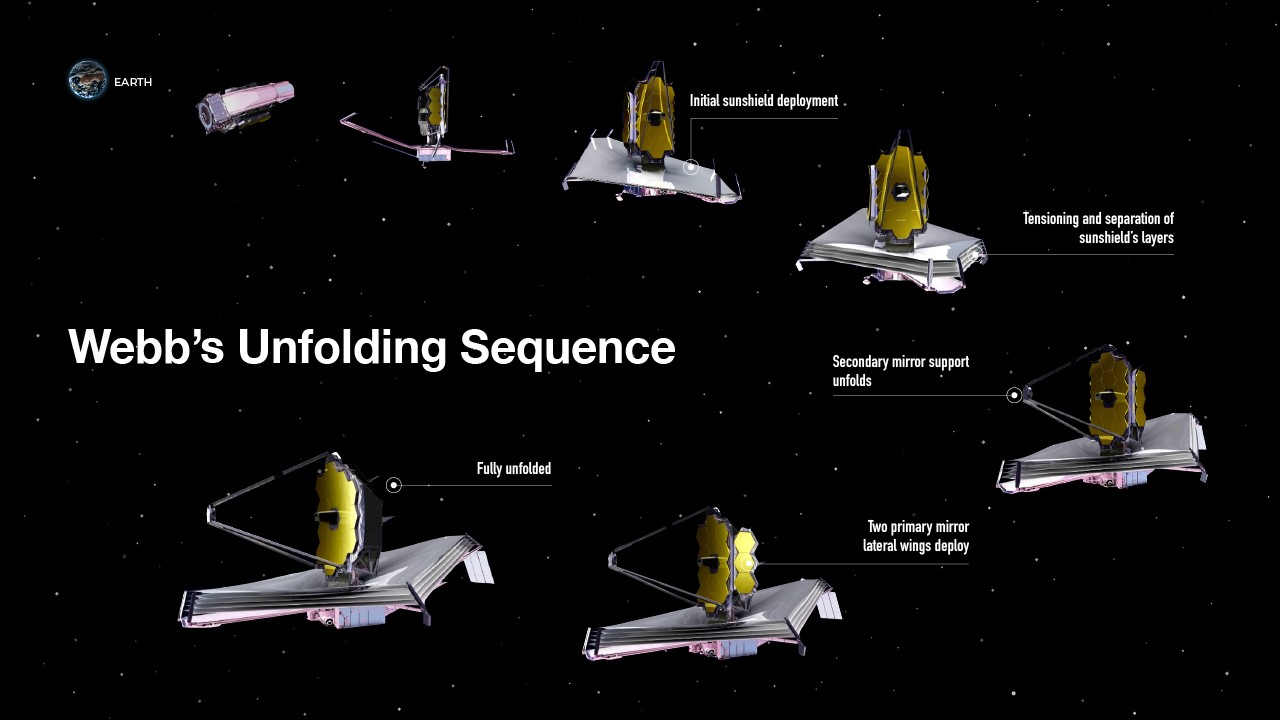
The deployment process is not an automatic hands-off sequence; it is human-controlled, says NASA.
“The team monitors Webb in real-time and may pause the nominal deployment at any time. This means that the deployments may not occur exactly in the order or at the times originally planned.”
Mission operators commanded the forward and aft sunshield pallets to be deployed sequentially on Tuesday, Dec. 28.
The sunshield pallet operation began Tuesday morning and took most of the day.
The pallets hold the 5 layered sunshields that will cool and protect Webb enabling it to operate its infrared science detection instruments.
“Webb is beginning to resemble the form it will take when it is fully deployed – now that the mission operations team has successfully deployed and latched into place the observatory’s forward and aft Unitized Pallet Structures,” the NASA Webb mission control team confirmed via tweet and blog posts.
✅ And we just confirmed that our aft (back) sunshield pallet has successfully opened up as well! https://t.co/la05MOFIIE
What’s next to #UnfoldTheUniverse? Check out https://t.co/NXe96U821e pic.twitter.com/F0B9Z1lUiQ
— NASA Webb Telescope (@NASAWebb) December 29, 2021
The pallet structures – called the Forward and Aft Unitized Pallet Structures – contain the five carefully folded sunshield membranes, plus the cables, pulleys, and release mechanisms that make up Webb’s sunshield.
The deployment of the forward pallet took about hour hours and was completed at approximately 1:21 p.m. EST, Dec. 28.
“The deployment of the forward pallet required several hours of the mission operations team carefully walking through dozens of steps – only one of which was the actual motor-driven deployment to move the pallet from its stowed position to its deployed state. The lowering of the forward pallet also marks the first time that structure has conducted that movement since it underwent its final unfolding and deployment test in December 2020 at Northrop Grumman Space Park in Redondo Beach, California.”
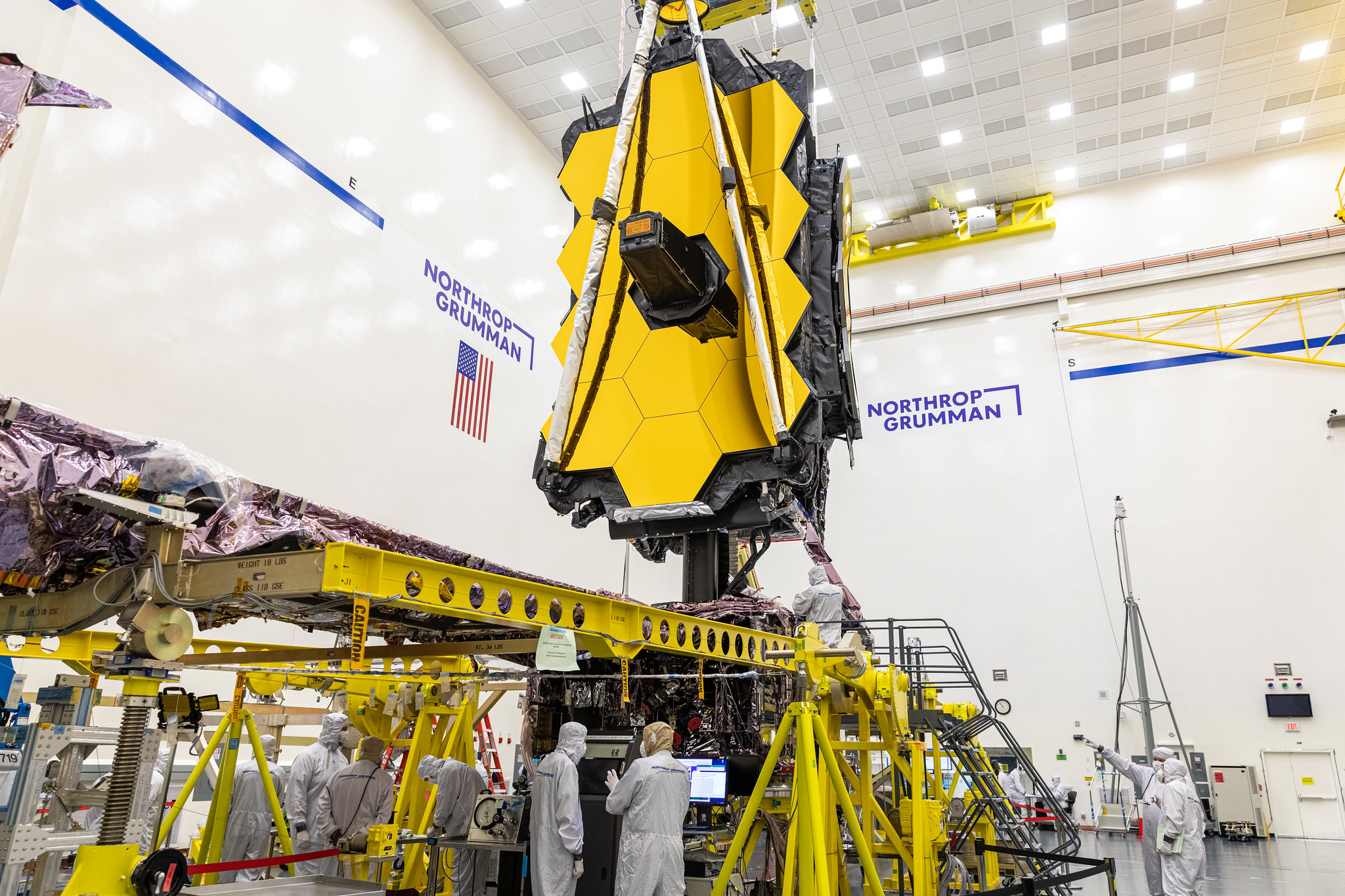
The team next moved on to the aft pallet deployment. The likewise methodical process was at approximately 7:27 p.m. EST.
“While the actual motion to lower the forward pallet from its stowed to its deployed position took only 20 minutes, and the lowering of the aft pallet took only 18 minutes, the overall process took several hours for each because of the dozens of additional steps required.”
“The deployment of the pallet structures begins what will be at least five more days of necessary steps to deploy the sunshield – a process that will ultimately determine the mission’s ability to succeed. If the sunshield isn’t in place to keep Webb’s telescope and instruments extremely cold, Webb would be unable to observe the universe in the way it was designed.”
“These include closely monitoring structural temperatures, maneuvering the observatory with respect to the sun to provide optimal temperatures, turning on heaters to warm key components, activating release mechanisms, configuring electronics and software, and ultimately latching the pallets into place.”
On Wednesday, Dec. 29, mission controllers successfully extended Webbs Deployable Tower Assembly (DTA), creating critical distance between the two halves of the spacecraft.
The work started at about 9:45 a.m. EST and was completed after about six and a half hours at approximately 4:24 p.m. EST.
“The DTA extended about 48 inches (1.22 meters), putting room between the upper section of the observatory, which houses the mirrors and scientific instruments, and the spacecraft bus, which holds the electronics and propulsion systems. This creates enough distance to allow the sensitive mirrors and instruments to cool down to the necessary temperatures to detect infrared light. This gap will also provide room for the sunshield membranes to fully unfold.”
“Engineers activated release devices and configured heaters, software, and electronics, before commanding the DTA itself to extend. The movement of the DTA, which looks like a large, black pipe, is driven by a motor.”
Moving on up! ⬆️
Our team has just confirmed that we have successfully extended our Deployable Tower Assembly (DTA) upwards, making space for our sunshield deployments in the next few days — another step completed as we #UnfoldTheUniverse: https://t.co/oJcYs13Ju3 pic.twitter.com/eaaHpC5GxS
— NASA Webb Telescope (@NASAWebb) December 29, 2021
Finally Webb’s aft momentum flap and sunshield covers were released today, Dec. 30.
“Webb’s engineers have released and rolled up the sunshield covers that protected the thin layers of Webb’s sunshield during launch. After the team electrically activated release devices to release the covers, they executed commands to roll the covers up into a holding position, exposing Webb’s sunshield membranes to space for the first time.”
The covers deployment took about an hour and was completed at approximately 12:27 p.m. EST, Dec. 30.
Find it hard to get out from under the covers in the morning? Imagine doing it in space!
Our sunshield covers protected the sunshield while it was folded for launch. Today those covers were removed to prep for unfolding the sunshield! https://t.co/QRU4ljKelz #UnfoldTheUniverse pic.twitter.com/t3DbSxpIH9
— NASA Webb Telescope (@NASAWebb) December 30, 2021
Here’s an animation of what the actual sunshield deployment should look like:
Our telescope is blooming like a flower in space! This marks the start of a major phase to #UnfoldTheUniverse: our sunshield deployment. First, what is our sunshield?
5️⃣ layers
🎾 Opens to the size of a tennis court
🛡️ Protects Webb’s optics from the Sunhttps://t.co/tTGIWqFAz8 pic.twitter.com/jRgd8a4sT1— NASA Webb Telescope (@NASAWebb) December 28, 2021
The $9.8 Billion Webb observatory – intricately folded up like origami inside the nose cone – launched at 7:20 a.m. EST (9:20 a.m. GFT / 1220 GMT / 13:20 CET). Saturday, Dec. 25, on a 55 m (180 ft) tall Arianespace Ariane 5 rocket from Europe’s jungle Spaceport at the ELA-3 launch complex in Kourou, French Guiana, on the northeastern coast of South America.
Webb is a joint effort between NASA, ESA (European Space Agency) and CSA (Canadian Space Agency).
JWST is the largest, most powerful and most complex space telescope ever built.
It is also the most expensive science instrument ever costing nearly $10 Billion
It will operate in a halo orbit at the L2 Lagrange point approx. 1 million miles (1.6 million km) from Earth after liftoff and about a 1-month journey.
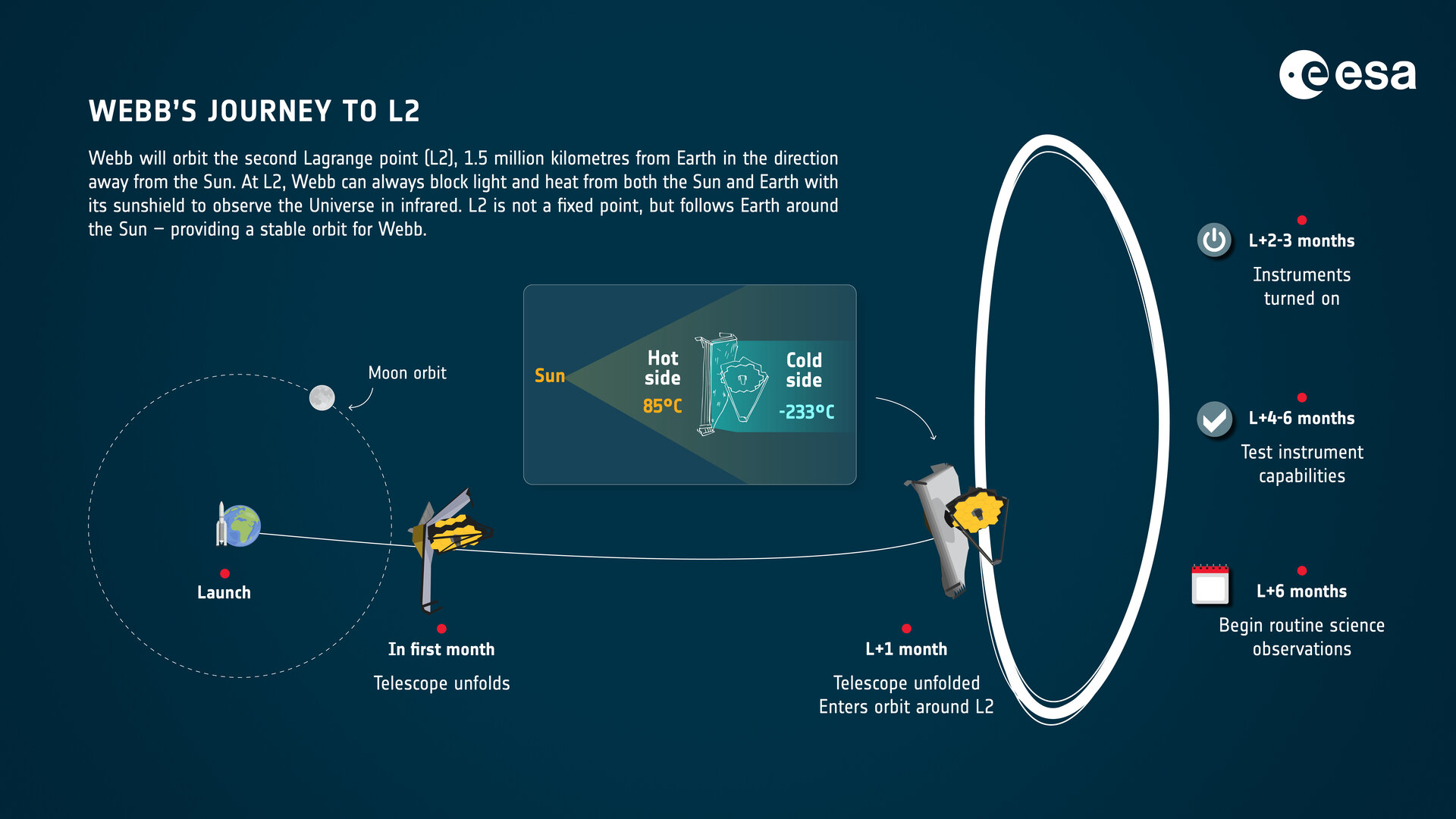
It will serve as the scientific successor to NASA’s world famous and phenomenally successful Hubble Space Telescope (HST).
“The James Webb Space Telescope represents the ambition that NASA and our partners maintain to propel us forward into the future,” said NASA Administrator Bill Nelson.
“The promise of Webb is not what we know we will discover; it’s what we don’t yet understand or can’t yet fathom about our universe. I can’t wait to see what it uncovers!”
Webb is in many respects a time machine looking back to the formation of the Universe over 13.5 Billion years ago and how we came to be and evolve over the eons.
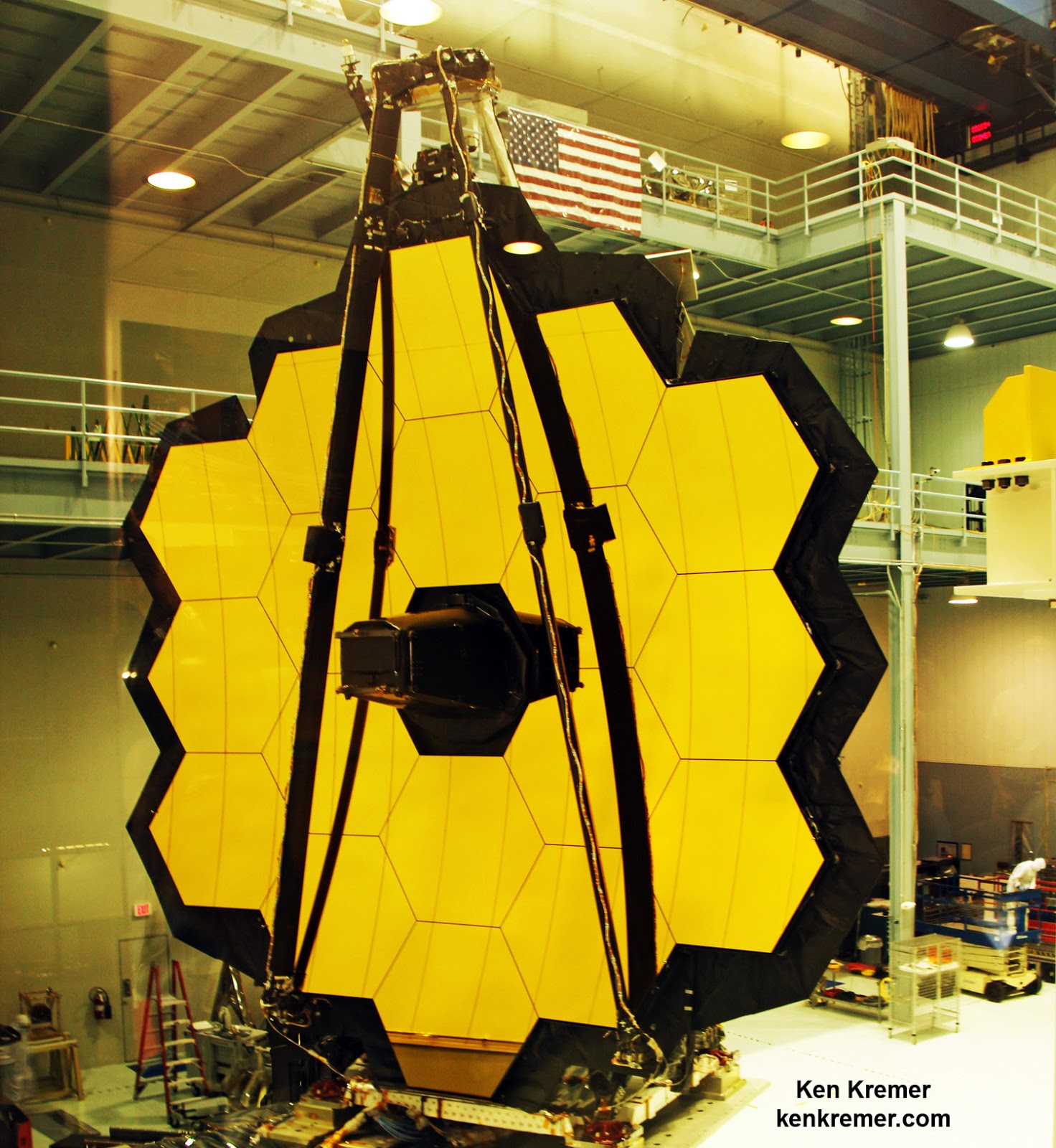
Watch this space for my ongoing reports on JWST mission and science.
Watch Ken’s continuing reports about JWST, IXPE, DART, SpaceX Crew and Cargo Dragons, Artemis, SLS, Orion and NASA missions, Lucy Asteroid mission, SpaceX Starlink, Blue Origin and Space Tourism, Commercial Crew and Starliner and Crew Dragon and onsite for live reporting of upcoming and recent SpaceX and ULA launches including Crew 1 & 2 & 3, ISS, Solar Orbiter, Mars 2020 Perseverance and Curiosity rovers, NRO spysats and national security missions and more at the Kennedy Space Center and Cape Canaveral Space Force Station.
Stay tuned here for Ken’s continuing Earth and Planetary science and human spaceflight news: www.kenkremer.com –www.spaceupclose.com – twitter @ken_kremer – email: ken at kenkremer.com
Dr. Kremer is a research scientist and journalist based in the KSC area, active in outreach and interviewed regularly on TV and radio about space topics.
………….
Ken’s photos are for sale and he is available for lectures and outreach events
Please consider supporting Ken’s work by purchasing his photos and/or donating at Patreon:
https://www.patreon.com/kenkremer
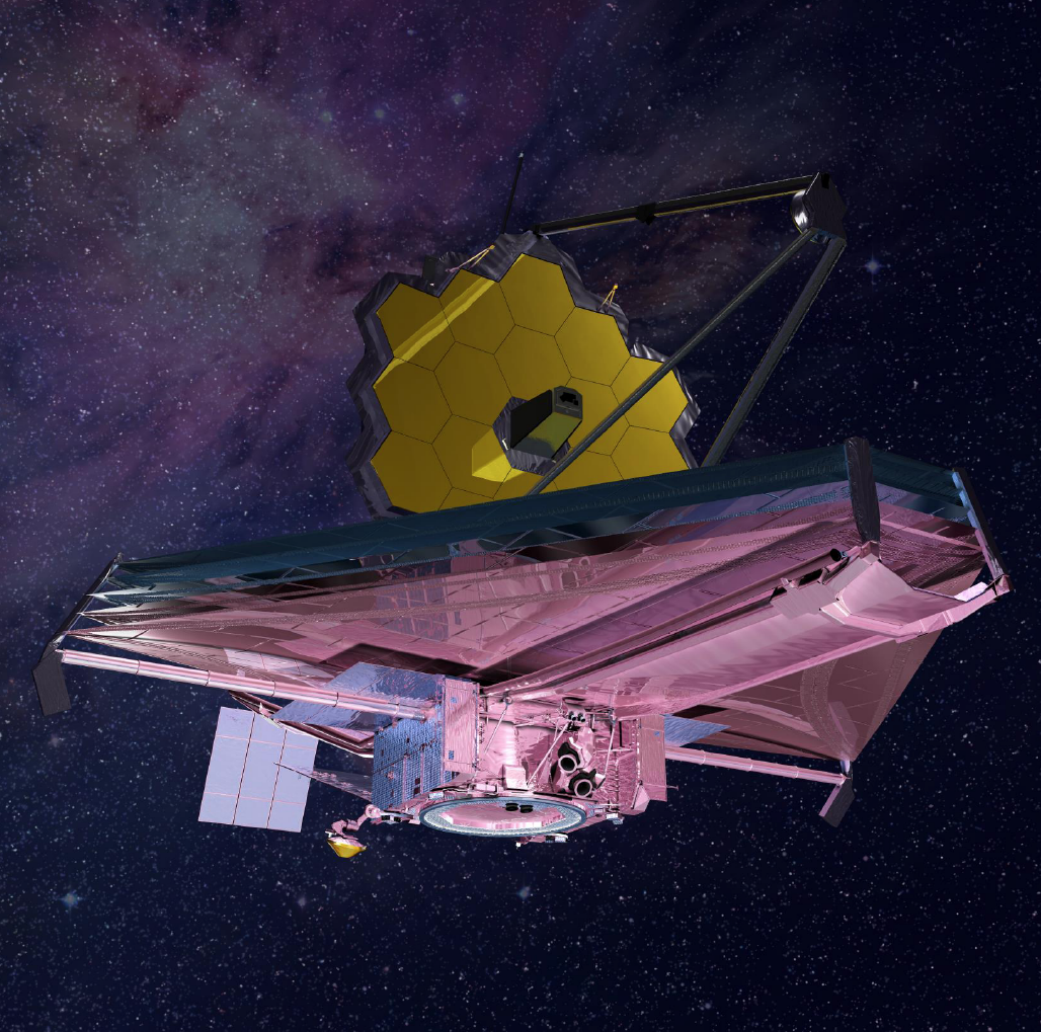
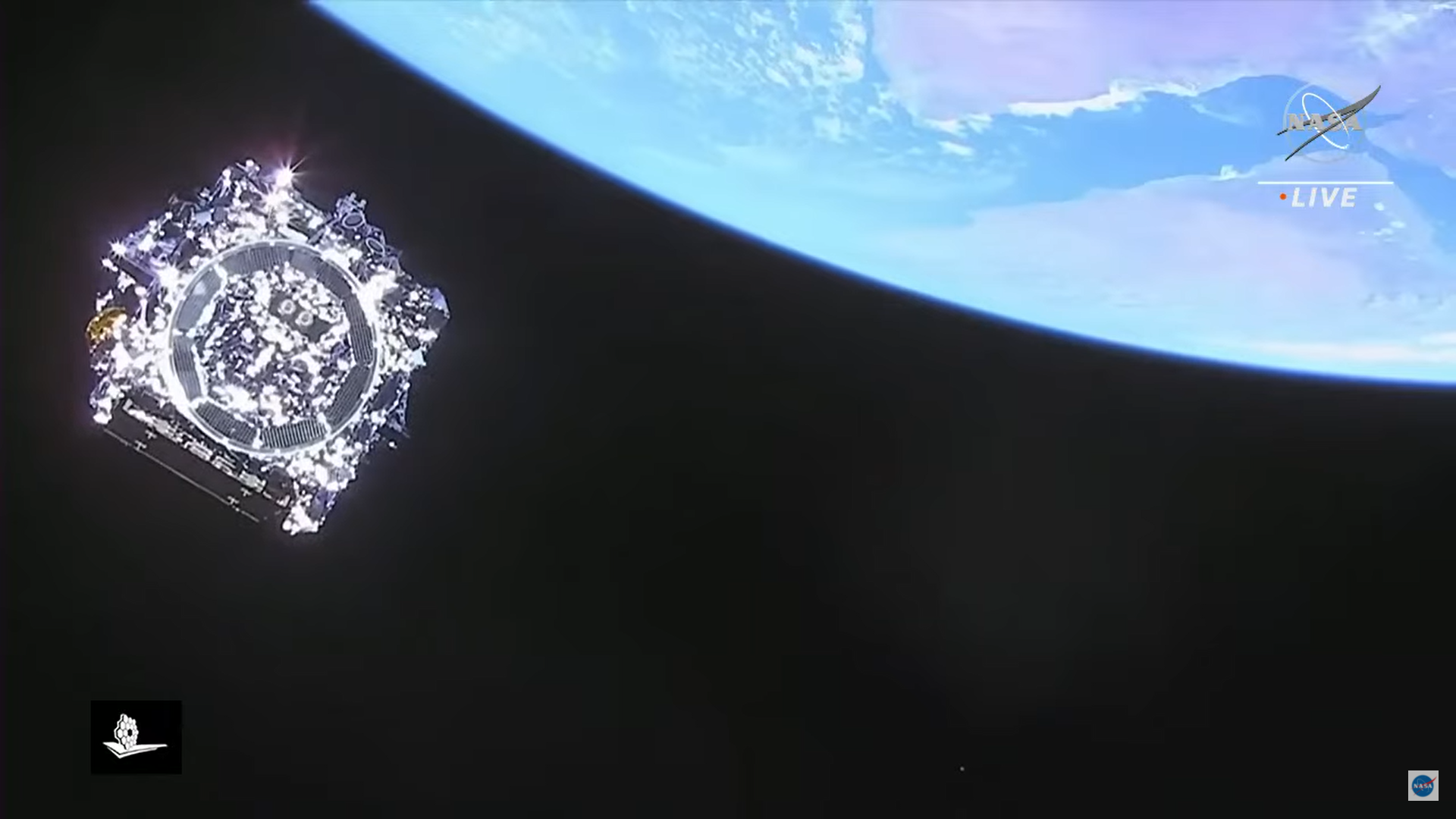
x


